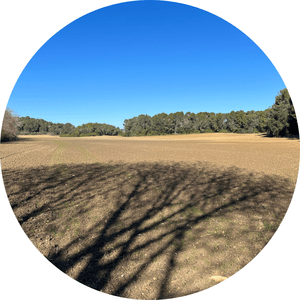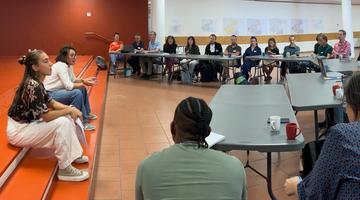Pilot
France

Montpellier Metropolitan Area
Cultivating resilience: agroecological land management for a thriving Montpellier.
Montpellier Méditerranée Métropole (3M), located on the Mediterranean coast, covers 44,000 hectares across 31 municipalities and is home to 507,000 inhabitants. Over the past 50 years, the region has experienced rapid demographic growth and significant urban sprawl. The metropolitan area is divided into three main landscapes: one-third urban, one-third natural (dominated by garrigue and wetlands near coastal lagoons), and one-third agricultural (primarily vineyards, along with field crops).
Green new-build area in Montpellier.
Contact: coline [dot] perrin [at] inrae [dot] fr (coline[dot]perrin[at]inrae[dot]fr)


